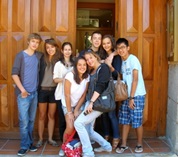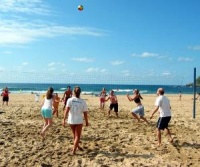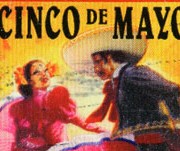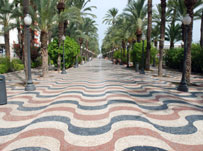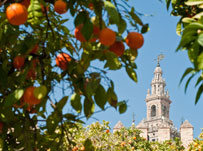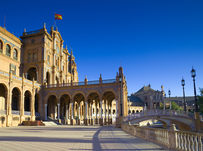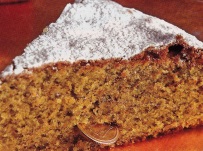What is doing a TESOL/CELTA course really like? An Insider’s Perspective
Cactus Managing Director Fay Drewry gives us a first-hand account of life as a TEFL trainee in Barcelona
Having decided I wanted to do my TEFL course in Barcelona and try living and working there for a year – hopefully to improve my Spanish – I set about trying to work out which course I should do and at which school. I had never been to Barcelona but I knew instinctively that it would be a city I would love…a city with a beach, and sun, and Gaudi, and chicos guapos…what more could I want? I spent quite a bit of time trawling through various websites trying to compare TEFL courses and locations and prices, until I came across CactusTEFL.com. Finally a website that explained everything I needed to know, allowed me to compare courses and start dates, plus they were on the end of the phone to help me with my application – great! So I applied, did the pre-interview task, had a Skype interview with the school, and before I knew it I was accepted onto the course. So far so good, and I even managed to book myself onto a part-time Spanish language course, just to make sure I wasn’t just speaking English all the time!
My course expectations
Having always been fairly academic (good A level results, good degree) I didn’t think that doing a 4 week teaching course to become an English language teacher would cause me too many problems. This was not entirely the case. Initially I questioned if I really needed to spend a significant amount of money on learning how to teach a language I already spoke fluently. How hard could it be? A lot harder than I thought, as it turned out.
So I arrived in Barcelona courtesy of Easyjet, and for the duration of the 4 week course I stayed with a family in a nice part of the city. They were lovely. Unfortunately I didn’t get a chance to spend much time with them. Mainly because I spent the majority of my ‘free’ time holed up in my room frantically trying to work out the stages of lesson planning, creating materials with no idea of whether they would actually work in class, and writing assignments that at 4am in the morning didn’t make a lot of sense to me either. This was essentially, the beginning, middle and end of the course. A learning curve like no other I had ever experienced. It wasn’t that the information was complicated or intellectualised – most of it, in fact, was common sense. There was just A LOT of it.
In at the deep end – the course in detail
There were 18 people on my course, but there were 2 courses running simultaneously, so there were about 35 of us all together. English, Scottish, American, Irish, Canadian, and Dutch. A great mix of people from 18 to 55, with a range of motivations, backgrounds and reasons for doing the course. Teaching in front of my other 17 classmates started on the second day of the course. Not embarrassing at all. We had to teach our fellow trainees for 5 minutes about something we knew or were good at – having just left PwC as a trainee accountant (the most boring year of my life) I decided to teach everyone how to complete a balance sheet. Not that this had a lot to do with teaching English but it did get us up, writing on the board, in front of a group of people. From there on in the rest of the course flew by – everyday filled with so much information to take on board, so many different things to think about, so much to understand. Classroom management, lesson planning, setting of lesson aims, achieving lesson aims, checking meaning of target language, ensuring free practice of target language, error correction, varying interaction patterns, catering for different learner styles – not to mention making the materials for all the activities from scratch. It was a surprise that all 35 of us made it through to the end of the course without having a nervous breakdown (only joking – ish).
Throughout the course everyone teaches for a total of 6 hours. Each time was a pretty nerve racking experience – but with each teaching practice the feedback from the tutor helped me to identify which areas I was getting right and which points I needed to work on. This made me feel like I was actually progressing and improving, and allowed me to focus on just a couple of things at a time – rather than trying to get everything right, which was basically impossible. We all had mid-course and end of course tutorials with our tutors, which made us aware of exactly how we were getting on and if we were on track to pass the course. This was an extremely positive aspect of the course – as there were no nasty surprises at the end with someone thinking they were doing great when actually they were going to fail.
So, I got to the end of the course in one piece and passed! What a relief. The lessons learnt were invaluable and there is no way, after having done the TESOL, that I would ever want to stand in front of anyone and try and teach them English without having done the course.
14 years after doing my Trinity TESOL I’m now the Managing Director of CactusTEFL…but that’s another story…
Cactus TEFL is an admissions and advice service for quality teacher training courses worldwide. Cactus works with the majority of well-known course providers to offer CELTA, Trinity CertTESOL, equivalent and online courses in over 90 locations across 36 countries. Cactus TEFL also offers free post-course careers advice and support, as well as access to our very own TEFL jobs board and job alerts.
Cactus Language is a leading provider of language courses in over 120 locations abroad.





